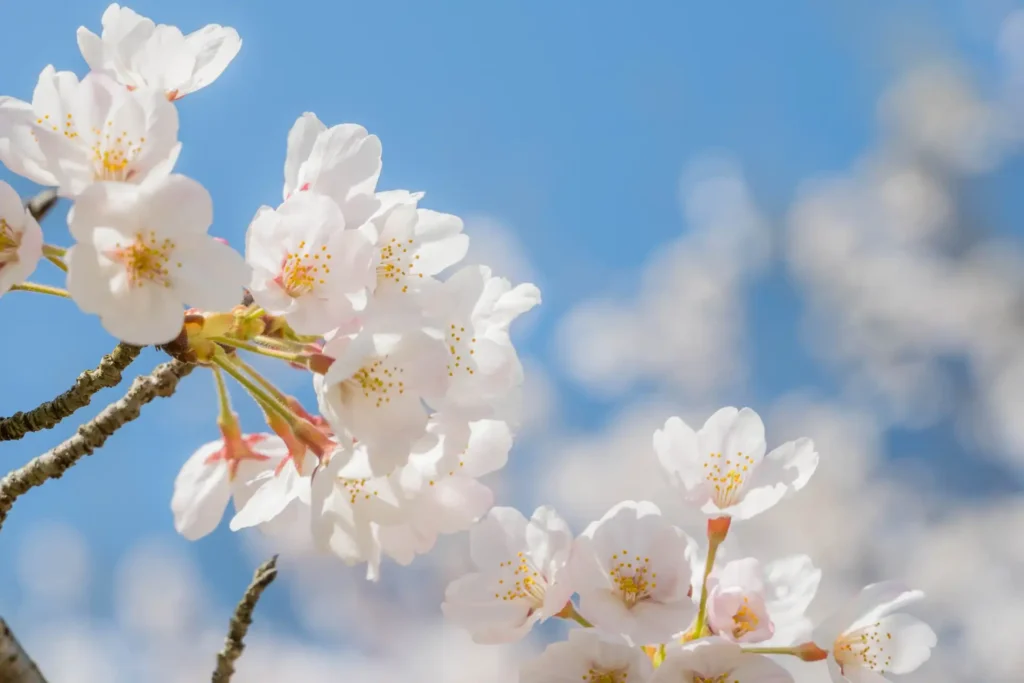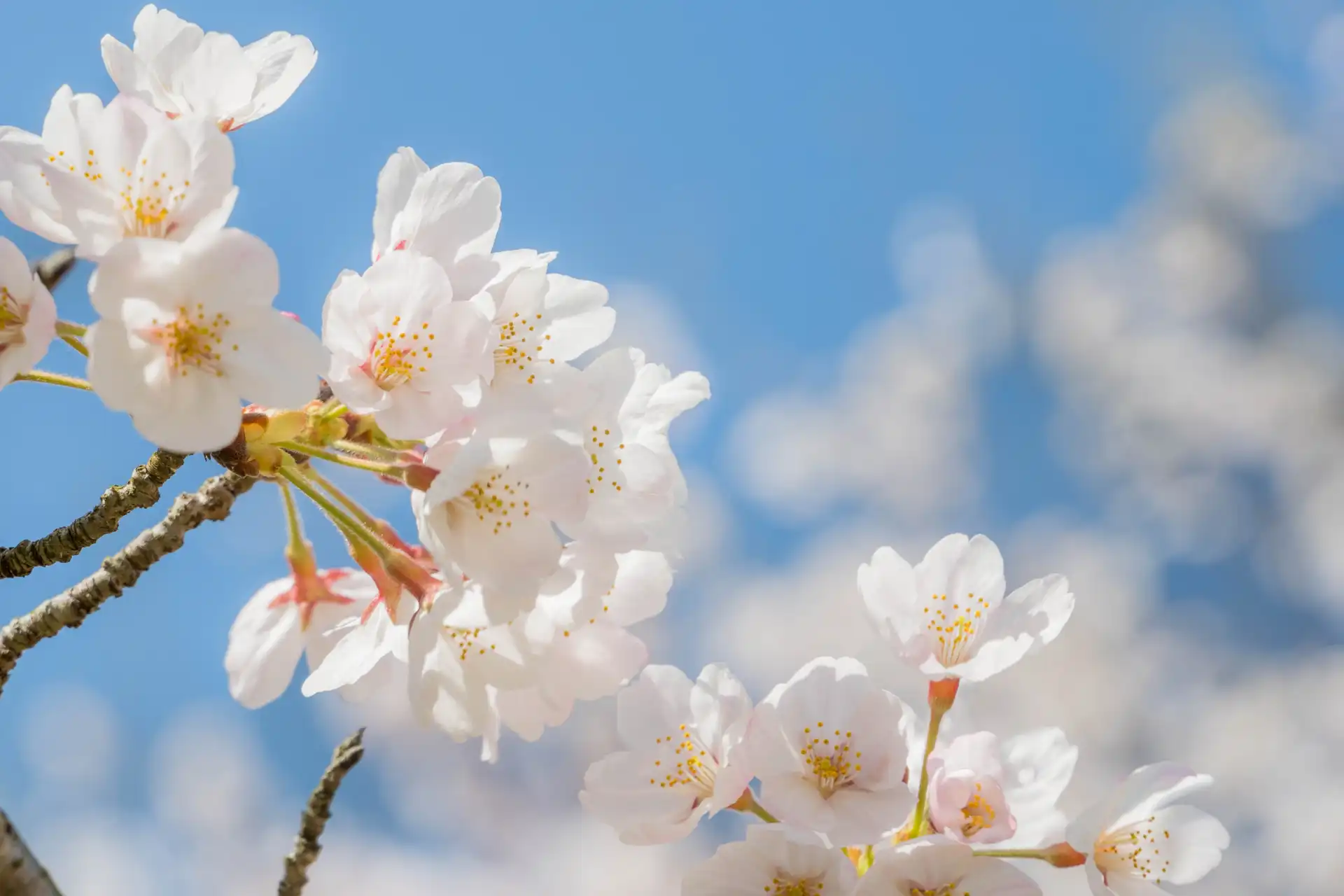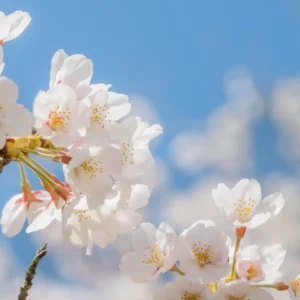【せんりみち公式】Add color to your trip! A guide to the hidden, beautiful scenery of Japan, from every corner of the country, with a map


Hello.
This time, 「せんりみち」 is proud to bring you an article titled 「【せんりみち公式】Add color to your trip! A guide to the hidden, beautiful scenery of Japan, from every corner of the country, with a map」 Here you go!
【せんりみち公式】Color your trip! A guide to the unknown, stunning scenery of Japan with a tourist map
Japan is a treasure trove of tourist destinations that offer a variety of ways to enjoy it through its rich nature, culture, and history. In this article, we will divide Japan into areas and delve into the charms of each region. We will explain not only famous tourist spots, but also hidden, lesser-known, stunning scenery in an easy-to-understand manner with a map of Japan. Please use this as a reference for your next trip.
Table of Contents
Hokkaido and Tohoku: A treasure trove of beautiful nature and food
Hokkaido and the Tohoku region are attractive for their natural grandeur and seasonal beauty. The fresh ingredients brought by the vast land and rich sea also attract many travelers.
Hokkaido: A land full of charm in every season
Hokkaido is a place where you can clearly feel each season of spring, summer, autumn, and winter, and you can fully enjoy its charm. The Blue Pond in Biei Town is known as a spot where you can enjoy fantastic scenery that looks like a painting. In the summer, the lavender fields of Furano are a spectacular sight of a purple landscape, and the fragrant fragrance soothes visitors.
Hokkaido in winter is also special. The Otaru Snow Light Path, held in the bitterly cold below freezing, illuminates the city with countless candle lights. Furthermore, the Biei Kensaku Fireworks Festival, held in the snowy landscape, captivates the audience with its large fireworks that bloom in the clear winter sky.
Tohoku Region: Harmony of Nature and History
The Tohoku region is a region where nature and historical heritage, which can be said to be the original landscape of Japan, are fused together. The Hirosaki Sakura Festival in Aomori Prefecture is known as a famous cherry blossom spot, and the illumination of the cherry blossoms at night is particularly spectacular. In Iwate Prefecture, Chusonji Temple, with its Golden Hall, invites visitors on a journey through history. Furthermore, in Matsushima, famous as one of the Three Most Scenic Spots of Japan, the scenery created by the scattered islands of various sizes and the calm sea is soothing to the soul.
Enjoy the local area and sightseeing in Kanto and Koshinetsu!
The Kanto and Koshinetsu regions are areas where you can enjoy the convenience of the Tokyo metropolitan area as well as rich nature and historical culture. The diverse charms of each region fill the hearts of visitors.
Kanto: A fusion of urban vitality and historical charm
Tokyo, the center of the Kanto region, is dotted with historical spots such as the Imperial Palace and Sensoji Temple, and there are many places where you can feel the traditions of Japan. In contrast, modern landmarks such as the Skytree show a new side of Tokyo as an international city. Neighboring cities such as Yokohama and Chiba are also popular as areas where you can enjoy the atmosphere and leisure facilities unique to port towns.
In addition, in Kamakura, you can enjoy a trip to historical heritage such as the Great Buddha and Tsurugaoka Hachimangū Shrine, and the coastal walks in the Shonan area are also attractive. In Hakone, hot springs as well as natural landscapes such as Owakudani and Lake Ashi spread out, soothing visitors.
Koshinetsu Region: A tourist destination where nature and tradition intertwine
In the Koshinetsu region, Zenkoji Temple in Nagano Prefecture is popular with many tourists. Tateshina Plateau and Hakuba ski resorts are great spots to enjoy outdoor activities in any season. In addition, in the area around Mt. Fuji in Yamanashi Prefecture, you can enjoy the spectacular scenery created by nature such as the Fuji Five Lakes and Oshino Hakkai. In Niigata Prefecture, the rich food culture unique to rice-producing areas is also one of the attractions.
Chubu and Kansai: Local flavors and atmospheric streets
The Chubu and Kansai regions are areas where tradition and modern culture intersect. Historical buildings, atmospheric streets, and a variety of local gourmet foods capture the hearts of visitors.
Chubu Region: Harmony between tradition and modernity
In the Chubu region, there are tourist destinations with preserved historic streets, such as Hida Takayama in Gifu Prefecture and Gokayama Gassho-zukuri village in Toyama Prefecture. In Kanazawa, Ishikawa Prefecture, strolls around Kenrokuen Garden and Chaya District are popular. Meanwhile, in Nagoya, historical buildings such as Nagoya Castle blend in with the modern cityscape, broadening the scope of tourism.
Kansai Region: A Treasure Trove of History and Gourmet Food
The Kansai region is home to tourist attractions such as Kiyomizu-dera Temple and Kinkaku-ji Temple in Kyoto, and Dotonbori in Osaka. In Nara, you can enjoy the historical buildings of Todai-ji Temple and Kasuga Taisha Shrine, as well as the unique experience of interacting with deer. In terms of food culture, there are a wide variety of options, from common dishes such as takoyaki and okonomiyaki to formal Japanese kaiseki cuisine.
Chugoku, Shikoku, and Kyushu: A fusion of local culture and nature
Chugoku Region: Harmony of History and Nature
The Chugoku region is known as an area where historical heritage and beautiful natural scenery blend together. Hiroshima Prefecture is home to the Atomic Bomb Dome and Itsukushima Shrine, both registered as World Heritage Sites, and leaves a deep impression on visitors. Korakuen in Okayama Prefecture is also famous as one of the three most famous gardens in Japan, and you can enjoy a stroll through the beautiful garden. Izumo Taisha in Shimane Prefecture is also famous as a shrine for matchmaking, and many tourists visit.
Sights of Shikoku
The Shikoku region is known as a sacred place for the pilgrimage of the 88 Shikoku Temples. Sanuki udon is a specialty of Kagawa Prefecture, and the handmade udon noodles you can taste locally are exceptionally delicious. Ehime Prefecture is home to Dogo Onsen, said to be the oldest hot spring in Japan, and its historic appearance attracts tourists. At Katsurahama in Kochi Prefecture, you can enjoy the beautiful scenery overlooking the statue of Sakamoto Ryoma and the Pacific Ocean. In Tokushima Prefecture, the Awa Odori dance is held every summer, and you can experience the atmosphere of a festival filled with the enthusiasm of the dancers.
Kyushu: A Land of Hot Springs and Volcanoes
The Kyushu region is a region where rich nature and unique culture live on. In Fukuoka Prefecture, you can enjoy famous gourmet foods such as Hakata ramen, and the traditional festival called Hakata Gion Yamakasa is a highlight. Beppu Onsen in Oita Prefecture boasts one of the largest volumes of hot springs in Japan, and you can enjoy a variety of hot springs. In Kumamoto Prefecture, the majestic volcanic landscape of Mount Aso spreads, and trekking and sightseeing train experiences are popular. In Kagoshima Prefecture, you can experience the volcanic activity of Sakurajima up close, and the dynamic nature is overwhelming.
Summary
In this article, we have introduced tourist spots all over Japan in detail by region. In each region, beautiful scenery woven by nature, the majesty of historical buildings, and a food culture that makes use of the bounty of the land coexist. These elements bring new discoveries and impressions to visitors, making the trip even more enjoyable.
When planning your next trip, try using this article as a reference to choose your destination. Visiting unknown places will enrich your trip with new scenery and encounters with new people. And every step of your journey will be a wonderful opportunity to create new memories and add color to your life.


Today's article was 【せんりみち公式】Add color to your trip! A guide to the hidden, beautiful scenery of Japan, from every corner of the country, with a map from 「せんりみち」.
We hope that you will also discover new knowledge from the #tag keywords below.




